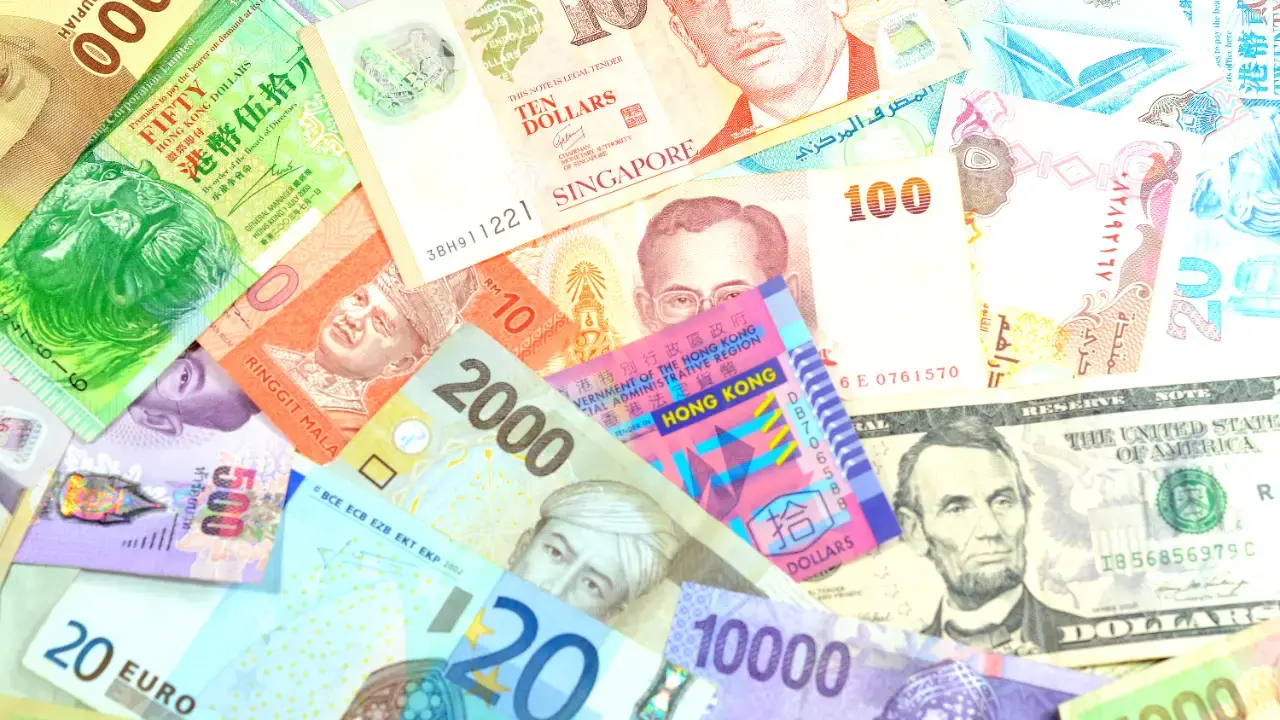Fake money, also known as counterfeit currency, is a form of illegal activity that poses significant risks to individuals, businesses, and economies. This article will explore the dangers of counterfeit money and understand how to identify it. And discuss the measures you can take to protect yourself from falling victim to fake scams.
What is Fake Money?
Fake money refers to a counterfeit currency that is produced and circulated unlawfully. Counterfeiters attempt to replicate genuine banknotes and coins to deceive others into accepting them as legitimate tender. Counterfeit money can be found in various denominations and is often designed to resemble open currency to make detection more difficult closely.
The Risks of Fake Money
- Financial Loss: Accepting counterfeit money can result in financial loss for individuals and businesses. If the counterfeit currency goes undetected and is deposited into a bank account, the depositor may be held responsible for the value of the fake notes, leading to financial hardship.
- Legal Consequences: Engaging in the production, distribution, or use of counterfeit money is illegal and can result in severe legal consequences, including fines and imprisonment. Owning counterfeit currency, even unknowingly, can lead to investigations and potential legal complications.
- Economic Impact: Counterfeiting undermines the stability and trust in the financial system. When counterfeit money circulates, it erodes confidence in the genuine currency, leading to potential disruptions in commerce and increased scrutiny from authorities.
- Consumer Trust: Counterfeit money damages the trust between consumers, businesses, and financial institutions. If individuals become victims of counterfeit scams, they may develop skepticism toward accepting cash payments, affecting the efficiency and convenience of everyday transactions.
How to Identify Fake Money
Security Features: Genuine banknotes and coins have various security features to deter counterfeiting. These may include watermarks, security threads, holograms, raised prints, and ultraviolet elements. Familiarize yourself with these features and check for their presence and authenticity when handling cash.
Feel and Texture: Counterfeit money may feel different from genuine currency. Pay attention to the texture, thickness, and quality of the banknote or coin. Counterfeit notes may feel excessively smooth, thin, or flimsy compared to genuine ones.
Visual Inspection: Scrutinize the banknote or coin for irregularities in design, printing quality, colors, and fonts. Counterfeiters often need help accurately replicating intricate details, resulting in blurred images, clashing colors, or misspelled words.
Security Thread and Watermark: Many banknotes have security threads embedded in them. These threads are visible when held to the light and may contain text or holographic elements. Watermarks are also often present and can be seen when the banknote is held against a light source.
Serial Numbers: Compare the serial number on the banknote with the serial numbers on other banknotes of the same denomination. If the serial number appears blurry, unevenly spaced, or differs significantly from genuine banknotes, it may indicate counterfeiting.
Protecting Yourself from Fake Money Scams
- Awareness and Education: Stay informed about genuine currency’s security features and characteristics. Educate yourself and your staff on detecting counterfeit money and regularly update your knowledge as new security measures are introduced.
- Authenticate Currency: Utilize tools such as counterfeit detection pens, ultraviolet lamps, or electronic counterfeit detectors to verify the authenticity of banknotes. These devices can help identify fake features that may be difficult to detect with the naked eye.
- Be Vigilant: Pay close attention to the cash you receive during transactions. Take a moment to examine the banknotes and coins for any signs of counterfeiting. If something feels off or suspicious, trust your instincts and take further steps to authenticate the currency.
- Train Your Staff: If you run a business that handles cash transactions, train your staff to identify counterfeit money. Teach them about the security features and common signs of counterfeit currency. Encourage them to be vigilant and report suspicious notes to the appropriate authorities.
- Verify Large Transactions: Consider using additional verification methods for significant transactions or when dealing with high-value banknotes. Consult a detection expert or visit a local bank branch to have the currency examined by professionals.
- Report Suspected Counterfeit Money: If you encounter counterfeit money, do not attempt to pass it on to others. Instead, report it to the local law enforcement authorities or your national central bank. Providing them with detailed information about counterfeit notes can help in their investigations and prevent further circulation.
- Stay Informed: Stay updated on the latest trends and techniques counterfeiters use. Government and law enforcement agencies often release public awareness campaigns and educational materials to help individuals and businesses combat counterfeit money.
Remember, being proactive and vigilant is crucial in protecting yourself from counterfeit money scams. By familiarising yourself with the security features of a genuine currency, training your staff, and staying informed, you can mitigate the risks associated with counterfeit money.
Conclusion
Fake money poses significant risks to individuals, businesses, and economies. The circulation of counterfeit currency can lead to financial losses, legal consequences, and damage to consumer trust. It is essential to be aware of genuine currency’s security features and characteristics and take the necessary precautions to detect and prevent counterfeit money from entering circulation.
By staying vigilant, educating yourself and your staff, utilizing available tools for authentication, and reporting any suspected counterfeit money to the authorities, you can contribute to the fight against counterfeit currency and help maintain the integrity of the financial system.



